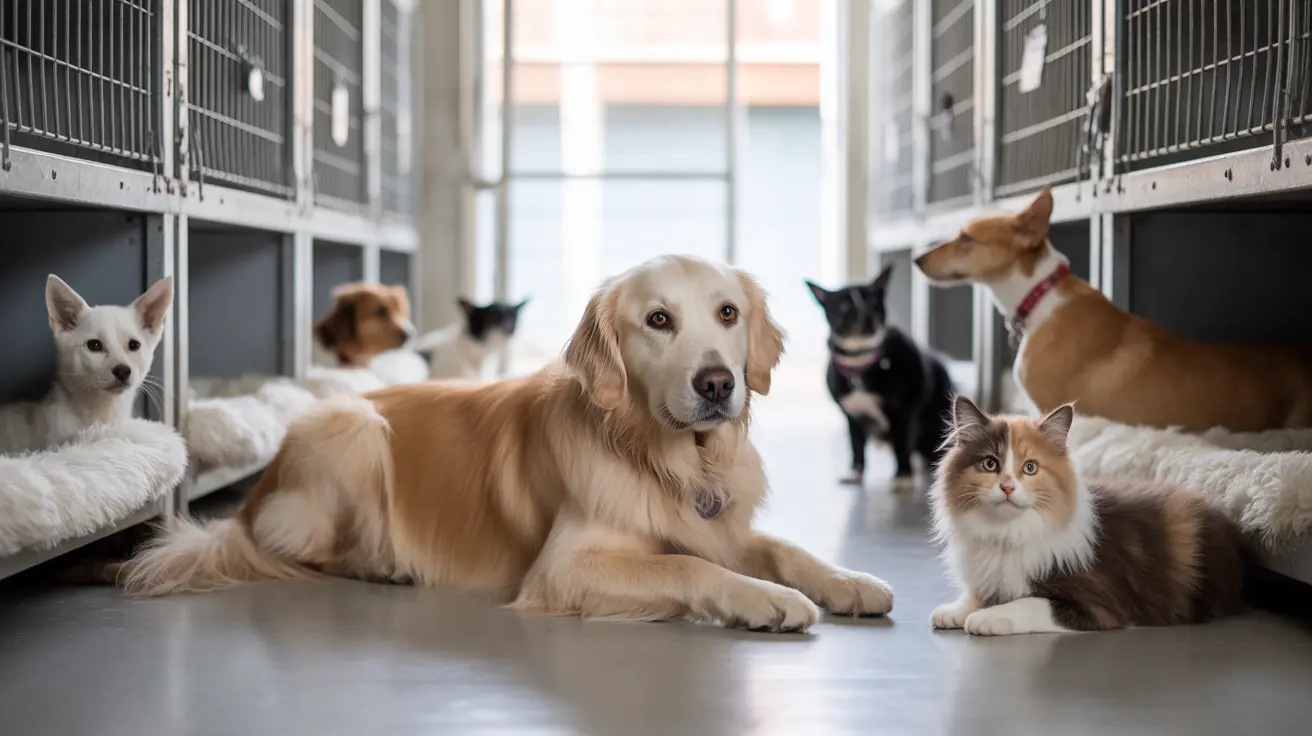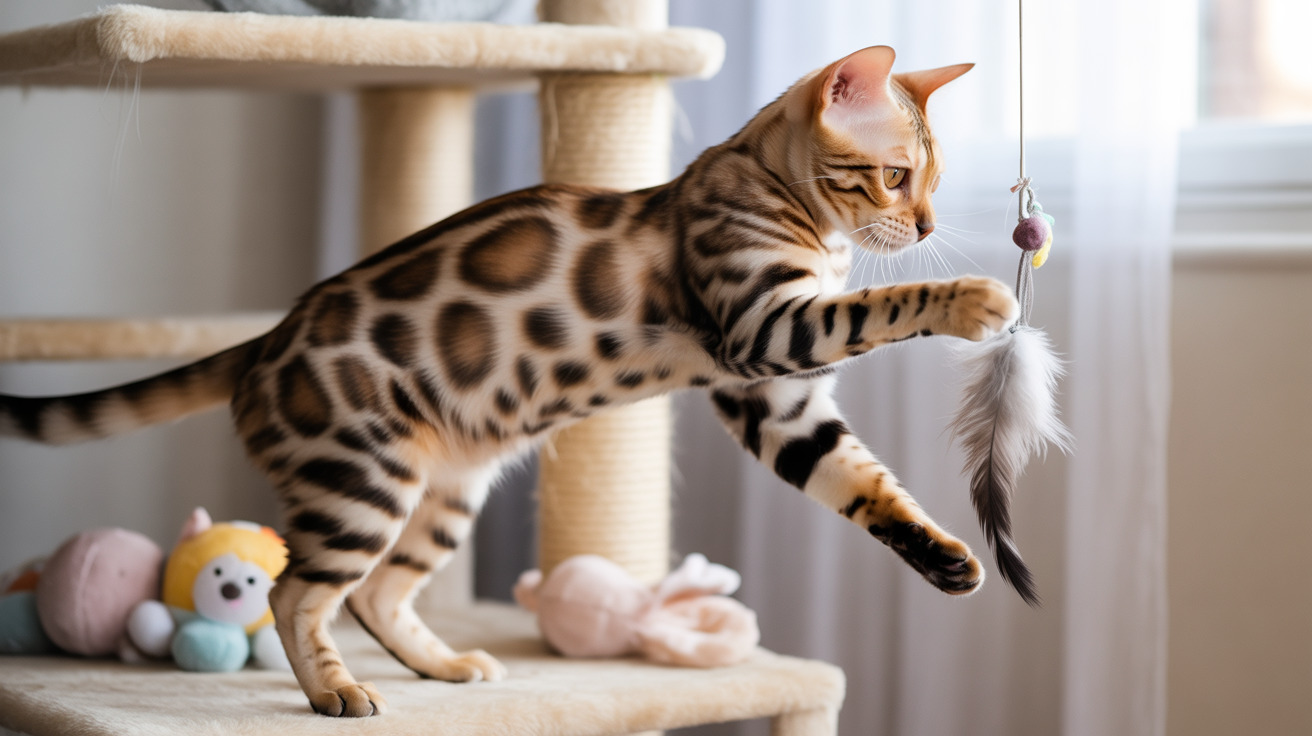Understanding Cat Head Pushing Behaviors
When your cat pushes their head against you, it's usually a sign of affection and social bonding. However, it's crucial to distinguish between normal, healthy head pushing and potentially concerning behaviors that could indicate medical issues. Let's explore the different types of head-pushing behaviors in cats and what they mean for your pet's health and happiness.
The Science Behind Affectionate Head Pushing
Cats push their heads against their owners primarily through a behavior called "bunting." This natural feline behavior involves rubbing their head against people, objects, or other animals to release pheromones from special glands located on their face. These pheromones serve multiple purposes:
- Marking territory
- Showing trust and affection
- Creating familiar scent markers
- Establishing social bonds
Normal Head Pushing vs. Concerning Behaviors
When your cat gently pushes their head against you, it's typically accompanied by other positive body language such as purring, relaxed posture, and an upright tail. This normal behavior usually lasts just a few moments and is directed at living beings or objects your cat wants to mark.
However, if you notice your cat persistently pressing their head against walls, furniture, or other hard surfaces, this could be a sign of a serious medical condition requiring immediate veterinary attention. This behavior, known as "head pressing," differs significantly from normal bunting.
Warning Signs to Watch For
Be alert for these concerning symptoms that may accompany abnormal head pressing:
- Continuous pressing against hard surfaces
- Disorientation or confusion
- Changes in behavior or personality
- Pacing or circling
- Vision problems
- Seizures or tremors
- Loss of appetite
- Excessive vocalization
When to Seek Veterinary Care
If you observe any persistent head pressing behavior that seems compulsive or unusual, don't wait to seek professional help. This behavior can indicate serious underlying conditions such as:
- Neurological disorders
- Brain tumors
- Liver disease
- Infections
- Toxic exposure
- Head trauma
Frequently Asked Questions
Why does my cat gently push or rub his head against me?
This is a natural behavior called bunting, where cats release pheromones to mark you as part of their family and show affection. It's a positive social behavior that indicates trust and bonding.
How can I tell the difference between affectionate headbutting and dangerous head pressing?
Affectionate headbutting is brief, gentle, and directed at people or objects your cat wants to mark. Dangerous head pressing is persistent, compulsive, and often involves pressing against hard surfaces, accompanied by other concerning symptoms.
What medical conditions can cause a cat to compulsively press its head against walls or furniture?
Medical conditions that can cause head pressing include neurological disorders, brain tumors, liver disease, infections, toxic exposure, and head trauma. Any such behavior requires immediate veterinary attention.
What symptoms should I watch for if my cat starts pressing its head persistently?
Watch for disorientation, confusion, changes in behavior, pacing, vision problems, seizures, loss of appetite, and excessive vocalization. These symptoms, along with head pressing, warrant immediate veterinary care.
When should I seek emergency veterinary care for my cat's head pressing behavior?
Seek emergency care immediately if you notice persistent head pressing against hard surfaces, especially if accompanied by any other concerning symptoms. This behavior can indicate serious medical conditions requiring urgent treatment.
Conclusion
While gentle head pushing is typically a sign of affection from your cat, it's essential to stay vigilant for any changes in this behavior that might indicate health concerns. Understanding the difference between normal bunting and problematic head pressing could help you identify potential medical issues early, leading to better outcomes for your feline friend.






